









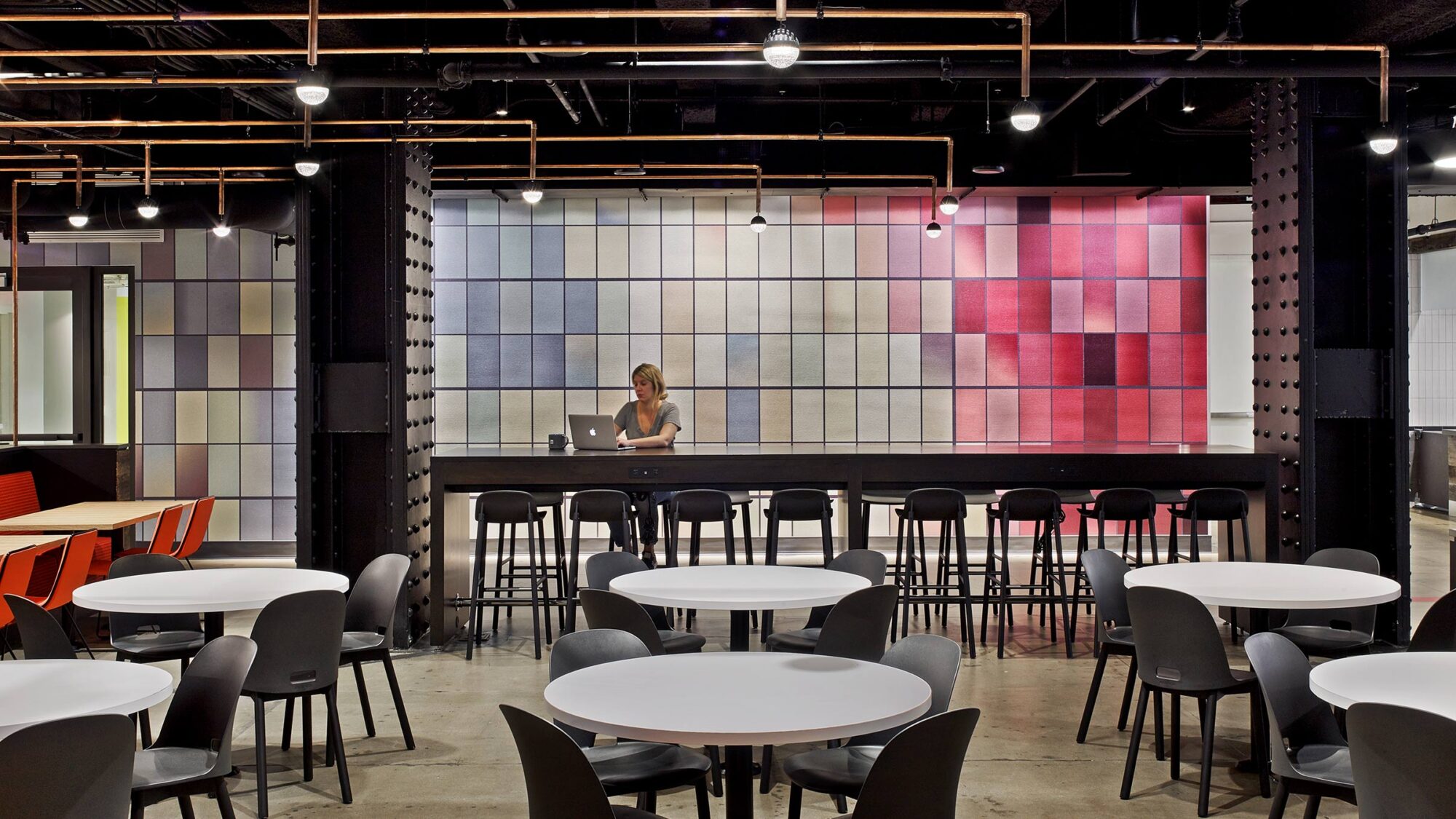
With millions of people still working from home, the future of the office has raised many debates. Raquel Machado shares her insights on the post-pandemic workplace.
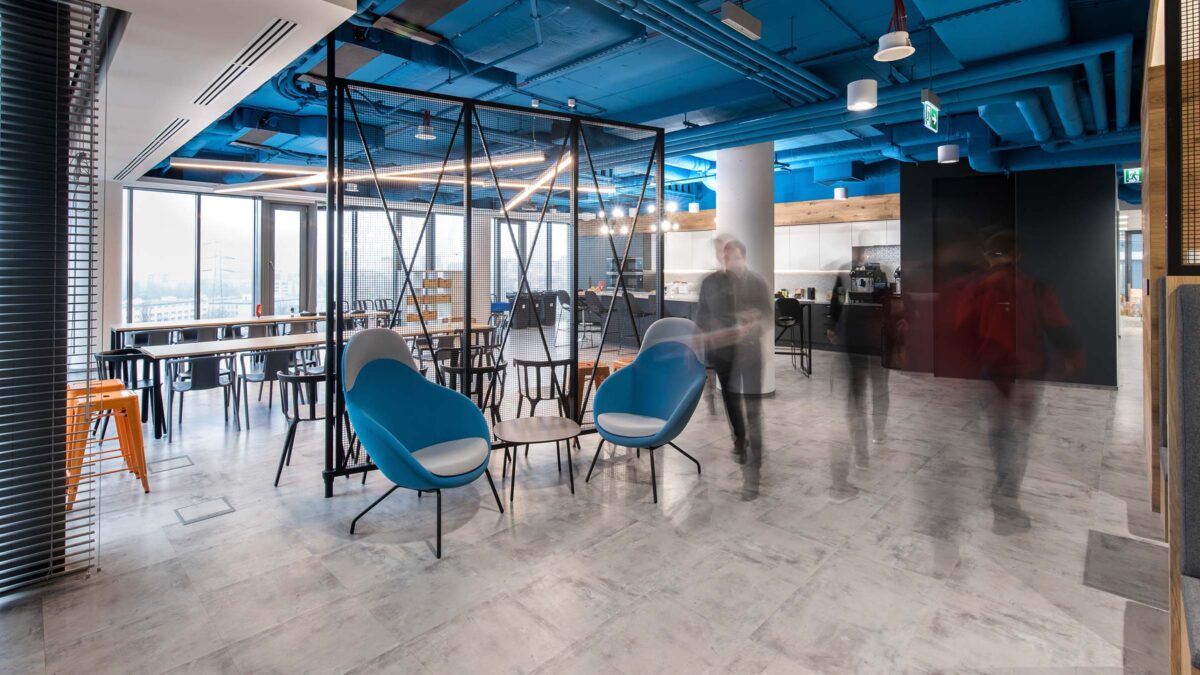
From Amsterdam to Singapore, we’ve been addressing the impact COVID-19 has had and the changes that will be necessary to get people back to the workplace, advising businesses on the safest route to re-entry.
The current situation is forcing many companies to instil deeper trust in their employees. Our research highlights that most people can work effectively from home, but do want to return to the office at least some of the time. More than ever, workplace design will need to capture why people want to come into the space and what they want to get out of it.
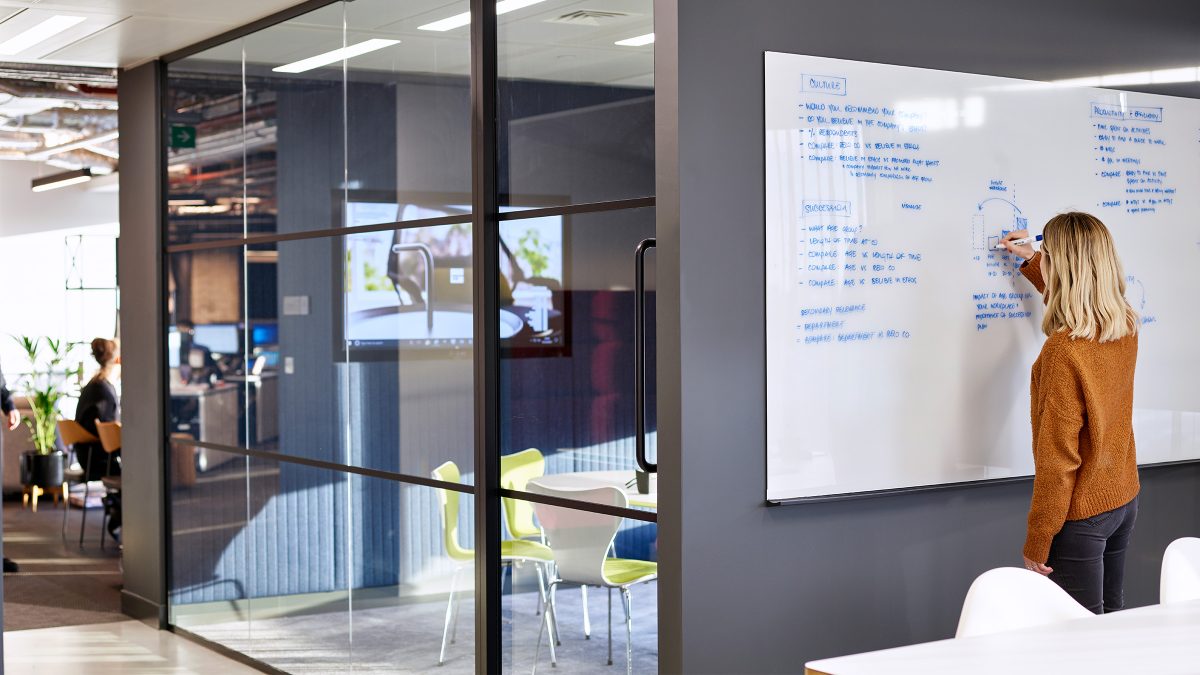
Although office design will change in the short-term to accommodate more complex health and safety considerations, there will also be an impact on culture. People will need time to adapt to a “new normal”. The purpose and experience of our physical, social and digital work environments will shift with new priorities.
The workplace has always been changing – from cellular offices to the open-plan, highly functional spaces to collaborative hubs. Many, if not all businesses have embraced change during this time, and we hope to continue supporting them in their ongoing evolution.
In the long-term, it’s unlikely we’ll go back to cubicle offices. Home will serve as another workspace with a specific function. There will be many waves of change and immediate re-entry to the workplace is just the first.
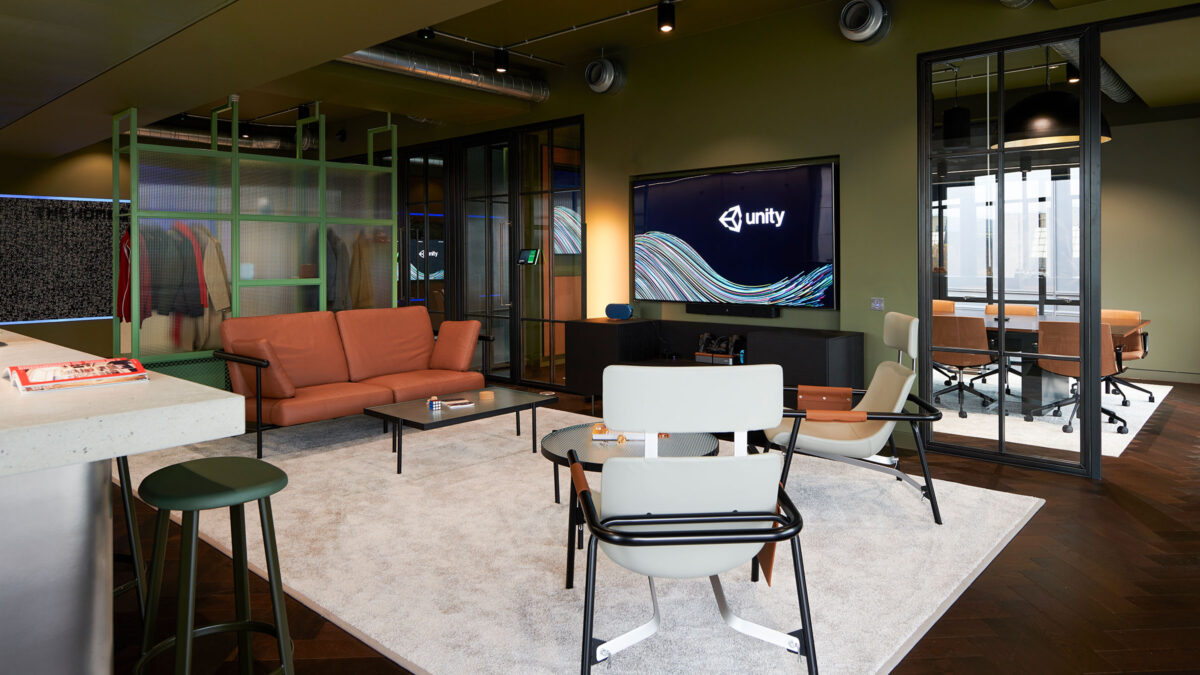
We’ve been using architecture to shape behaviour for many years. From enhancing collaboration to improving ability to focus – larger cafe spaces to encourage engagement, games areas to help people unwind. The same principles of “behaviour-based design” can be applied to the post-COVID world. There will be more value placed on understanding the purpose of people’s activities at work and the desired outcomes for their organisation. To create truly adaptive environments, we must design for flexibility and cycles of user change.
By implementing virus prevention measures, businesses can build employee confidence in returning to the workplace. Social distancing behaviour will remain an important part of the approach. From increasing desk space and decreasing headcount to undertaking shift work, there will be a range of mitigation measures tailored to the individual needs of each business.
This may require a deep analysis of entire buildings and the spaces within them, mapping individual user journeys so that workplaces can be reconfigured to better support health and safety. Signage and wayfinding may enhance comfort and support behaviour by guiding informed routes throughout the space.
Looking beyond social distancing as an immediate solution, health and wellness, interaction and socialising will become ever more intrinsic to the long-term architecture of our workspaces.
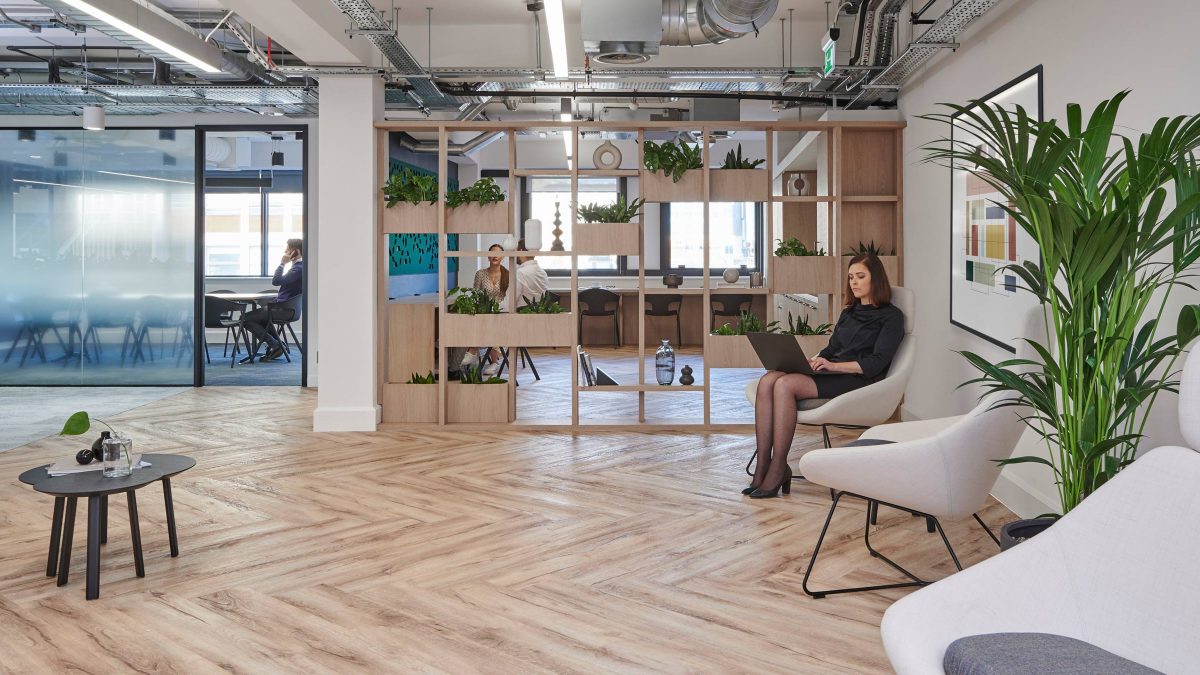
Small businesses that can’t make big design changes will need to alter how they interact with the work environment. It’s likely there will still be a need for open/unassigned workspace, but it will take a different form. There may be more individualised settings supporting various types of work.
Businesses may decide to allocate a different purpose to each day of the week. Mondays might support quiet, focused work for those with children or that need a place to concentrate. Tuesdays may be allocated to the sales team for interaction and collaboration. The list goes on to serve the purposes of different teams, roles and personalities.
The approach to re-entry will need to be practical and achievable. Businesses will need to be smart, use the available resources and learn to adapt. Strategies will be unique to each office, building and city, and will need to evolve to address ongoing changes in research and guidelines.
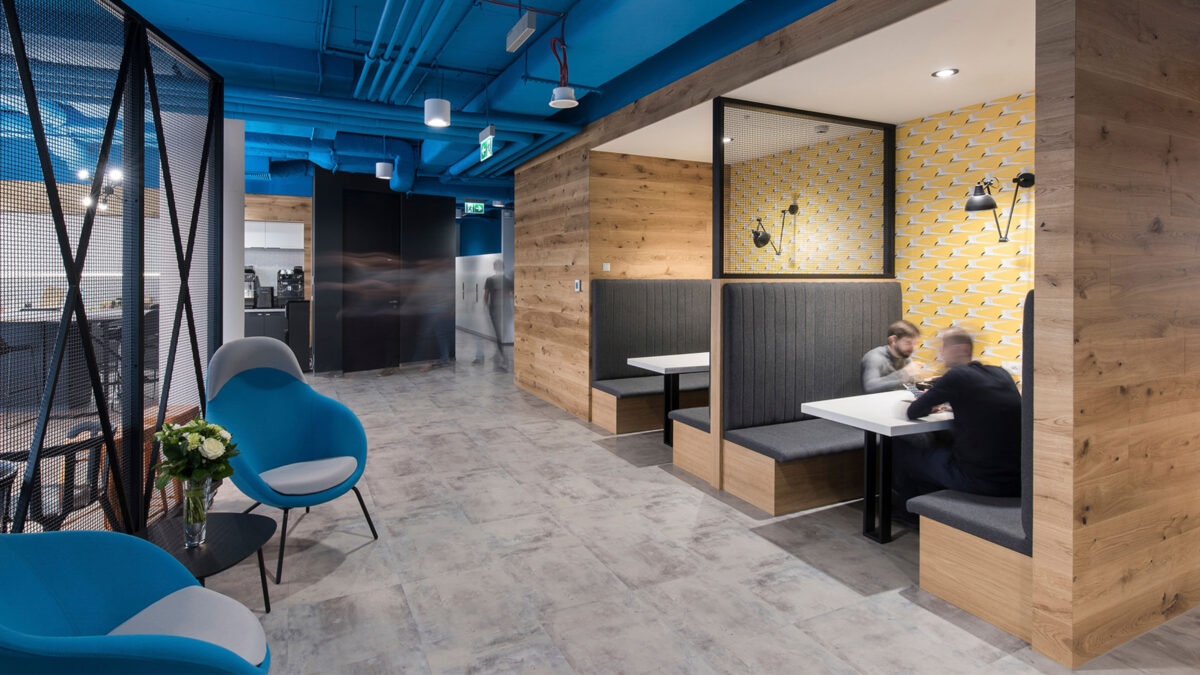
Across all offices, we must consider the social, physical and digital environments and how they impact human behaviour. By approaching and enabling specific behaviours that support health, safety and wellbeing, businesses can cohesively guide their employees and create a positive emotional response to change.
To influence these behaviours on a large scale, companies must address the individual needs and sensitivities of their employees. People don’t want to feel like another number. Addressing ventilation, cleaning, shift work and more, can control the physical space, but we need to look beyond this to the human side of re-entry and the impact of the individual experience.
Real transformation is enabled through engagement and employee trust. Businesses must plan carefully, show empathy and provide clear communication to lead employees towards lasting change.
Raquel Machado is a Design Associate in M Moser’s Amsterdam office. This article has been adapted from an interview with De Vorm.
Associate Director